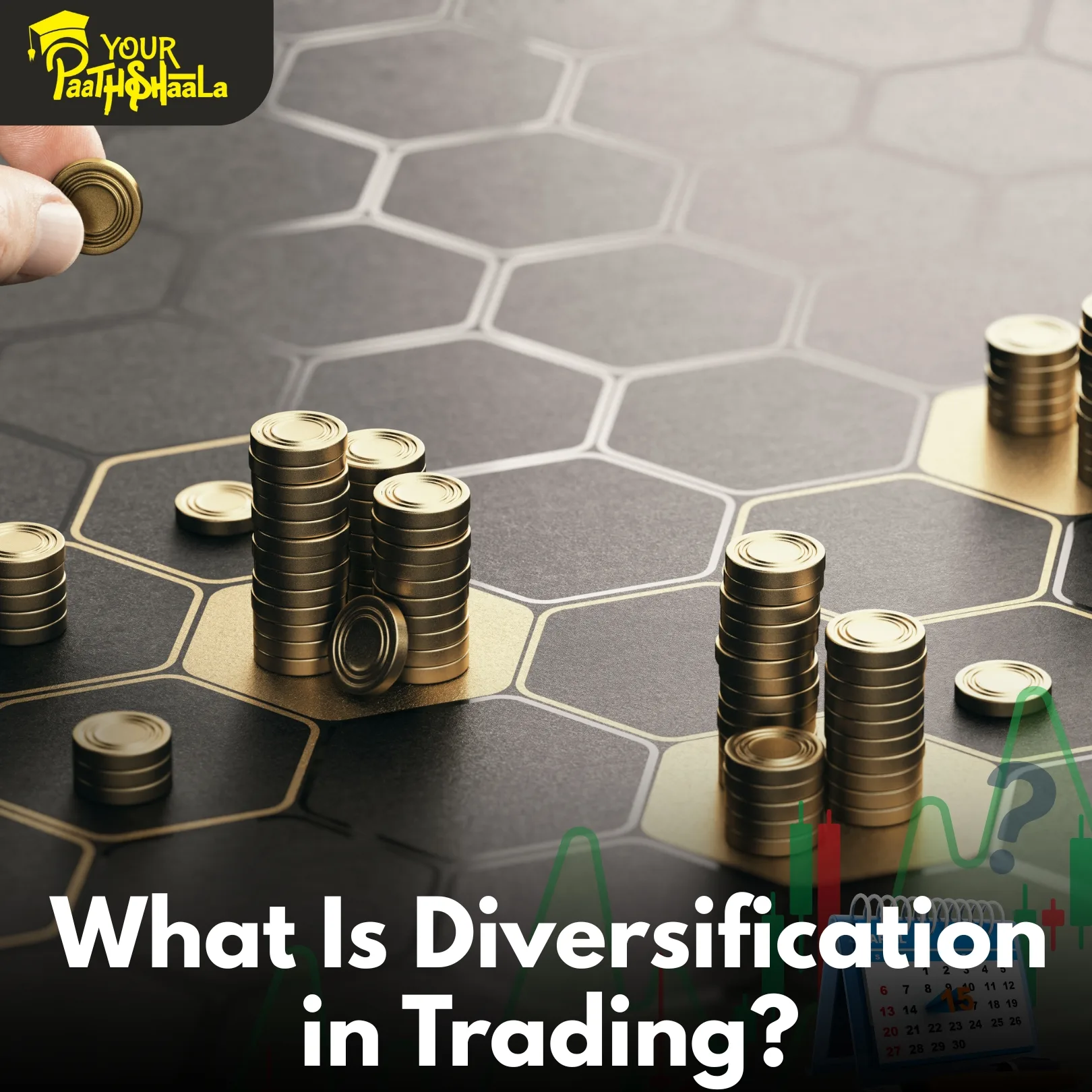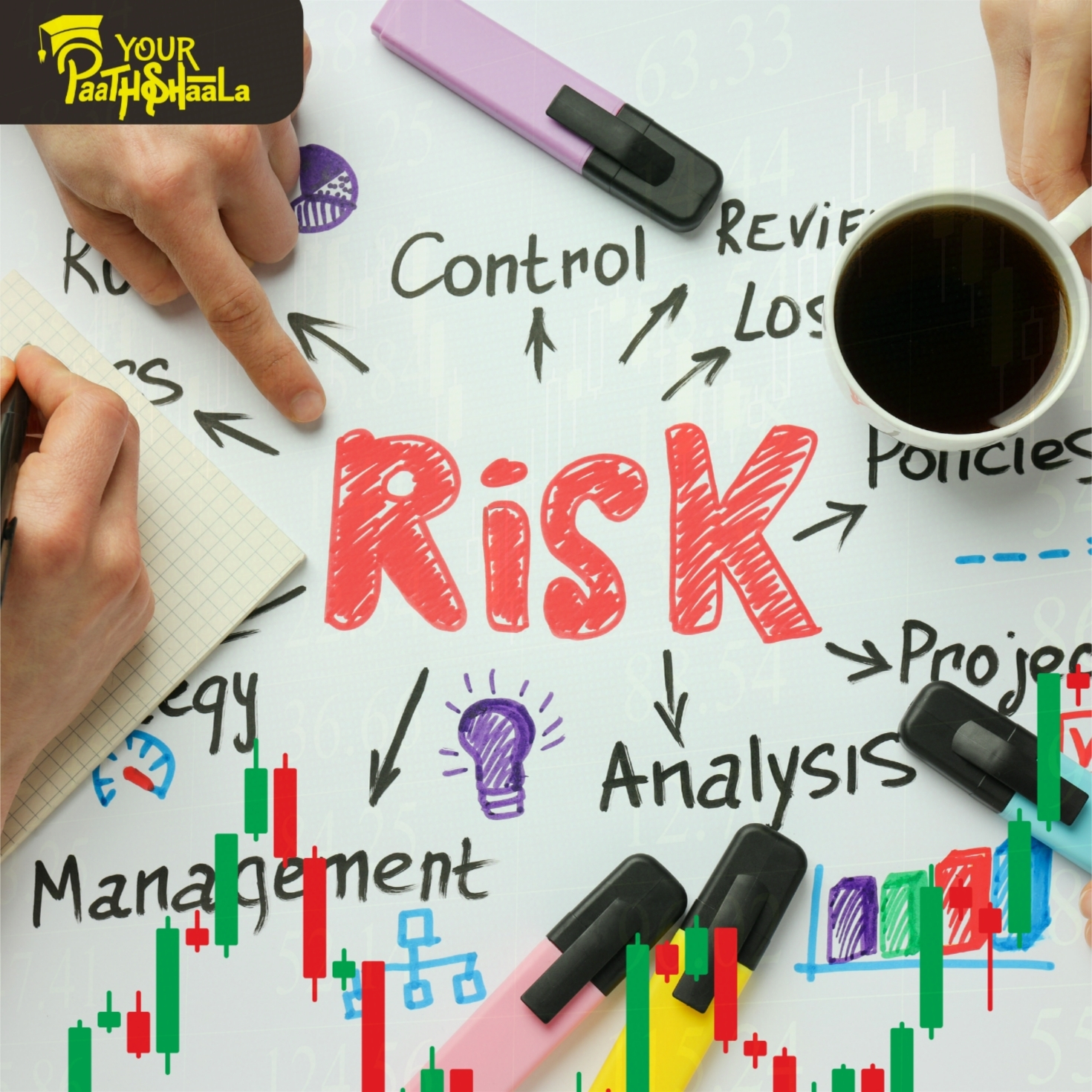Diversification Strategies in 2025: Building a Resilient Portfolio for the Modern Investor
In today’s fast-paced and unpredictable financial world, diversification stands out as a time-tested strategy for investors seeking stability and growth. As we navigate through 2025, the global marketplace is more interconnected than ever, with new opportunities—and risks—emerging at every turn. Therefore, understanding how to effectively diversify your portfolio is not just smart; it’s essential.
This guide will walk you through the latest diversification strategies, highlight the role of emerging markets and alternative assets, and offer practical tips to help you create a robust portfolio that can withstand volatility and capitalize on growth.
What Is Diversification, and Why Does It Matter in 2025?
Simply put, diversification means spreading your investments across different asset classes, sectors, and regions. By not relying too heavily on any single investment, you can reduce the impact of a poor performer on your overall portfolio. In other words, diversification is your best defense against unexpected market swings.
Key Advantages of Diversification:
Mitigates risk: Losses in one area can be offset by gains elsewhere.
Smooths returns: A diversified portfolio is less likely to experience extreme highs and lows.
Unlocks growth: Exposure to various sectors and regions helps you tap into new opportunities.
Core Diversification Strategies for 2025
1. Mixing Asset Classes
To begin with, a resilient portfolio should include a blend of major asset classes:
Equities (Stocks): Offer higher growth potential, but also come with more volatility.
Fixed Income (Bonds): Provide stability and regular income, especially during uncertain times.
Cash and Equivalents: Maintain liquidity and act as a safety net.
Real Estate: Adds inflation protection and a steady income stream.
Commodities: Assets like gold or oil can hedge against inflation and market turbulence.
Rather than concentrating your investments in just one or two categories, spreading them across several asset classes can help you weather different market cycles.
2. Geographic Diversification
While it’s tempting to stick with familiar markets, global diversification is increasingly important. By investing in both developed and emerging economies, you can benefit from growth trends in different parts of the world.
Developed Markets: Countries like the US, UK, and Japan offer stability and established industries.
Emerging Markets: Nations such as India, Brazil, and Vietnam present rapid growth and innovation.
Frontier Markets: Although riskier, these smaller economies can deliver outsized returns for those willing to take a chance.
By allocating capital internationally, you reduce your vulnerability to local economic shocks and expand your potential for returns.
3. Sector and Industry Diversification
Additionally, don’t overlook the importance of spreading your investments across a variety of industries. Technology, healthcare, finance, consumer goods, and energy all respond differently to economic changes. For instance, while tech stocks may soar during periods of innovation, defensive sectors like healthcare often hold up better during downturns.
4. Adding Alternative Assets
In 2025, alternative investments are more accessible than ever. These assets can provide a buffer against traditional market volatility and introduce new sources of return.
Private Equity & Venture Capital: Gain exposure to high-growth startups and private companies.
Hedge Funds: Employ advanced strategies to seek returns in any market environment.
Cryptocurrencies: Digital assets like Bitcoin and Ethereum offer diversification, though they come with high volatility.
Infrastructure & Green Energy: Investments in renewable energy and smart cities are increasingly popular among forward-thinking investors.
By including alternatives, you can further insulate your portfolio from traditional market risks.
Why Diversification Is Especially Crucial in 2025
Transitioning into this new era, several factors make diversification more vital than ever:
Heightened Volatility: Geopolitical tensions, inflation, and rapid technological change can cause sudden market swings. Diversification cushions your portfolio from these shocks.
Low Correlation Assets: Assets such as gold or real estate often move independently of stocks and bonds, providing stability when markets are turbulent.
Global Growth Opportunities: Emerging and frontier markets are fueling much of the world’s economic expansion. Diversifying globally lets you participate in these growth stories.
Digital Asset Revolution: Cryptocurrencies, tokenized real estate, and peer-to-peer lending are reshaping the investment landscape, offering fresh ways to diversify.
Step-by-Step Guide to Building a Diversified Portfolio in 2025
Step 1: Define Your Goals and Risk Appetite
First, clarify your investment objectives. Are you aiming for aggressive growth, steady income, or capital preservation? Assess your risk tolerance honestly, as it will guide your asset allocation.
Step 2: Allocate Across Asset Classes
Next, decide how much to invest in stocks, bonds, real estate, alternatives, and cash. For example, a growth-oriented investor might choose 60% stocks, 20% bonds, 10% real estate, 5% commodities, and 5% alternatives.
Step 3: Diversify Within Each Category
Don’t stop at the asset class level. Within stocks, spread your investments across different sectors and regions. For bonds, mix government and corporate issuances, and consider various maturities. For alternatives, explore both digital assets and traditional private equity.
Step 4: Rebalance Regularly
Over time, market movements will shift your portfolio’s balance. Review your allocations at least annually and rebalance as needed to maintain your intended risk profile.
Step 5: Stay Informed and Flexible
Markets evolve, and so should your strategy. Keep an eye on economic trends, regulatory changes, and new investment vehicles. Be prepared to adjust your portfolio as new risks and opportunities emerge.
Diversification Opportunities: Emerging Markets and Alternatives
Emerging Markets
Investing in emerging economies can boost your portfolio’s growth potential. These markets often feature younger populations, rising middle classes, and rapid urbanization. However, they can also be more volatile due to political or currency risks. Mutual funds and ETFs make it easier to gain diversified exposure without taking on excessive risk.
Alternative Assets
Alternatives can further enhance diversification. For instance, cryptocurrencies offer a hedge against traditional market movements, while private equity and infrastructure projects provide access to unique growth opportunities. Nevertheless, these assets may involve higher fees and lower liquidity, so allocate thoughtfully.
Mistakes to Avoid When Diversifying
Over-concentration: Avoid putting too much money into a single asset, industry, or region.
Chasing Last Year’s Winners: Past performance doesn’t guarantee future results. Instead, focus on a balanced approach.
Ignoring Costs and Liquidity: Some alternatives have high fees or are difficult to sell quickly.
Neglecting Portfolio Reviews: Failing to rebalance can leave you overexposed to risk or missing out on new opportunities.
Frequently Asked Questions
Q: Is diversification a guarantee against loss?
No strategy can eliminate all risk. Diversification reduces the impact of any single loss but cannot prevent losses entirely.
Q: How many investments should I hold?
While there’s no magic number, holding 10–20 different investments across various asset classes is a practical starting point.
Q: Can I diversify with a small portfolio?
Absolutely. ETFs and mutual funds allow even small investors to access a wide range of assets.
Q: Should cryptocurrencies be part of my portfolio?
If you’re comfortable with volatility and understand the risks, a small allocation to crypto can add another layer of diversification.
The Future of Diversification: Trends to Watch
Looking ahead, several trends are shaping how investors approach diversification:
Tokenization of Assets: Real estate, art, and collectibles are being digitized, making them more accessible to everyday investors.
Sustainable Investing: ESG (Environmental, Social, and Governance) factors are increasingly influencing portfolio choices.
AI-Driven Portfolio Management: Robo-advisors and AI-powered platforms are making diversification more precise and personalized.
Global Connectivity: With easier access to international markets, investors can diversify globally with just a few clicks.
Conclusion: Diversification Is Your Best Strategy for 2025 and Beyond
As we progress through 2025, the investment landscape continues to evolve. Diversification remains your strongest ally for managing risk, capturing global growth, and building a resilient portfolio. By spreading your investments across asset classes, sectors, regions, and alternatives, you can navigate uncertainty and pursue your financial goals with greater confidence.
Ready to Build a Diversified Portfolio?
If you’re eager to learn more about diversification, asset allocation, and modern investment strategies, expert guidance can make all the difference.
Visit YourPaathshaala
Near 🏥 Anjali Children Hospital, Tagore Nagar, Mathpurena, Raipur.
📫 PIN code: 492001, Chhattisgarh
📞 Click the Call Now to contact us!
Take the next step toward a future-ready portfolio with YourPaathshaala—your trusted partner in financial education.







